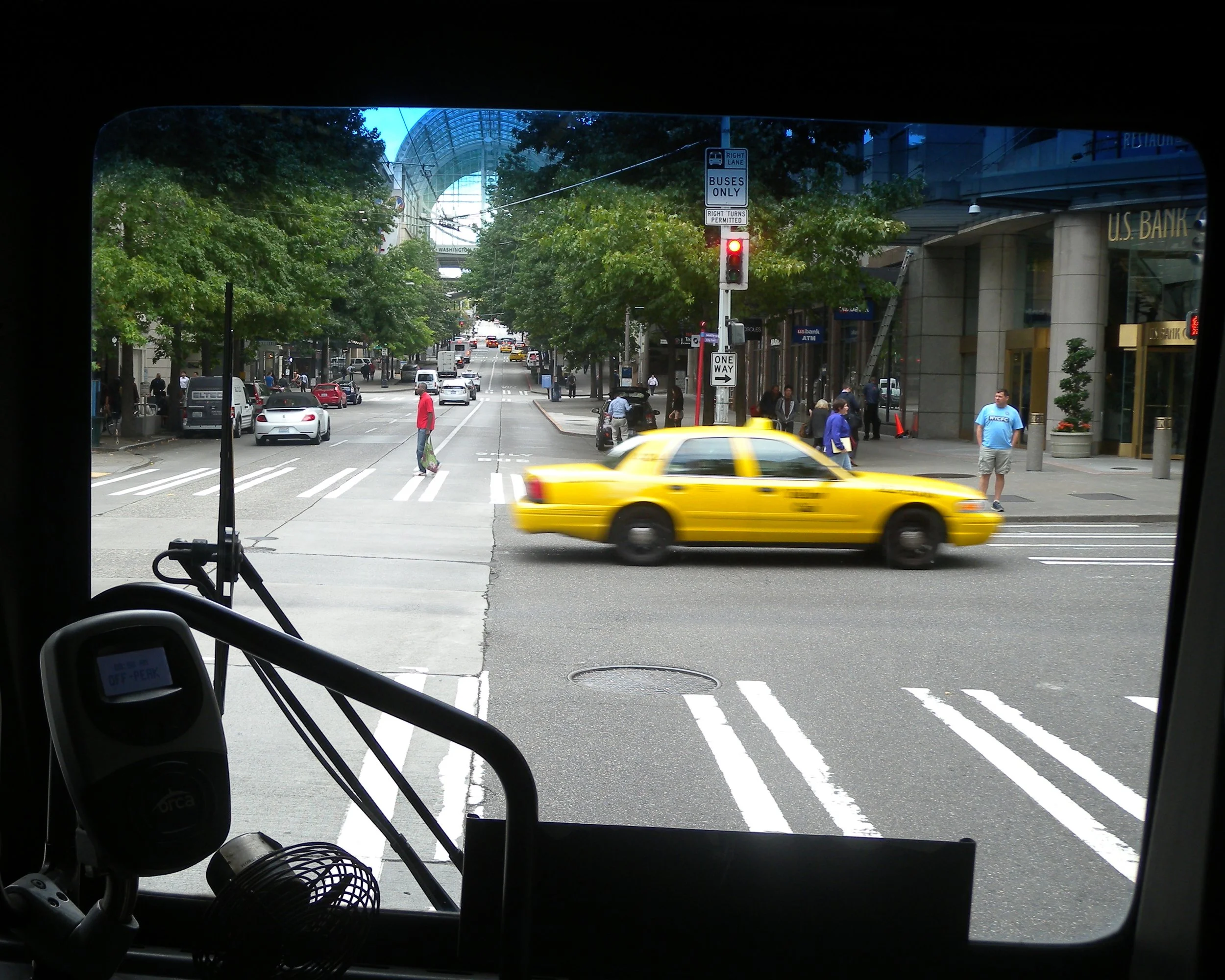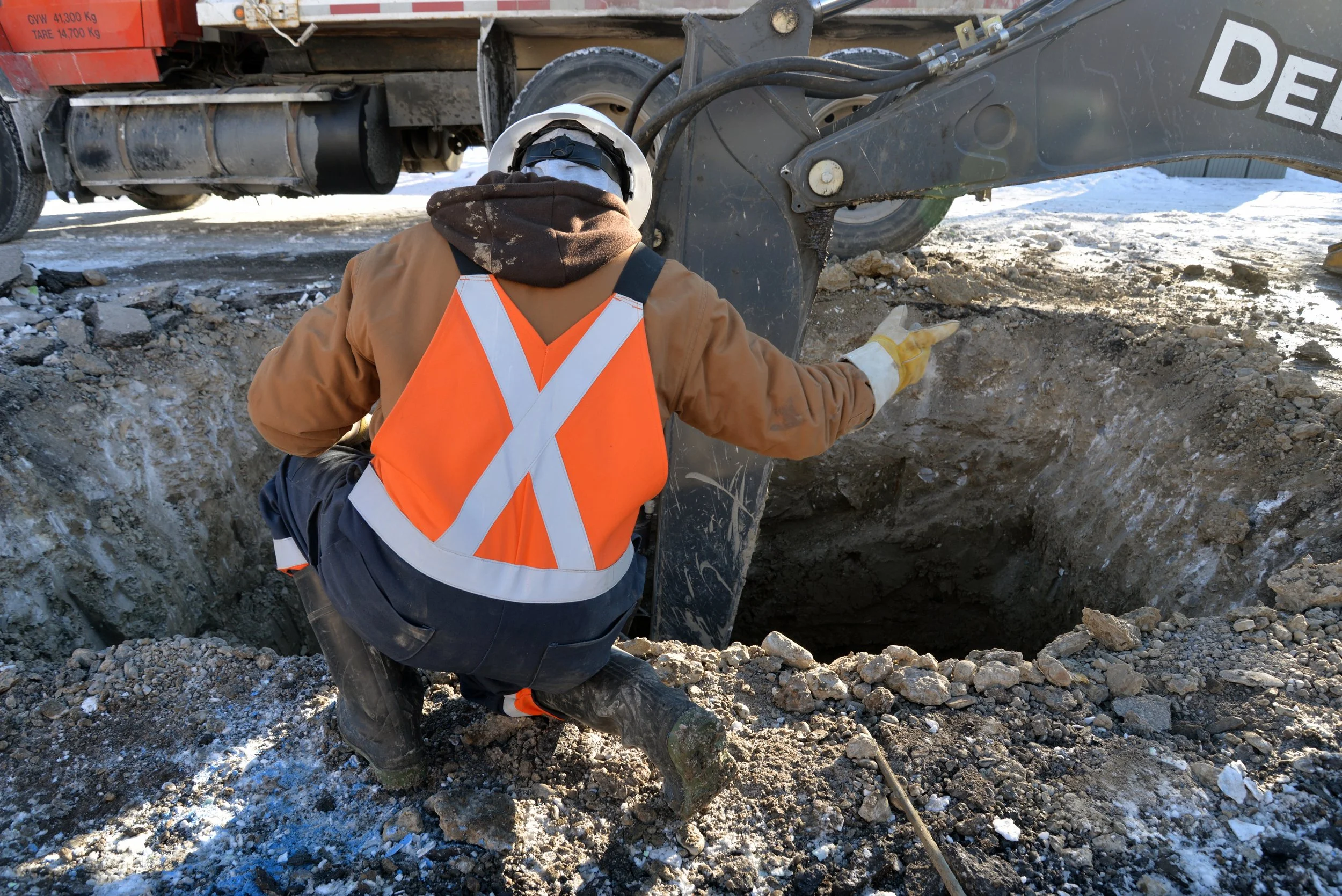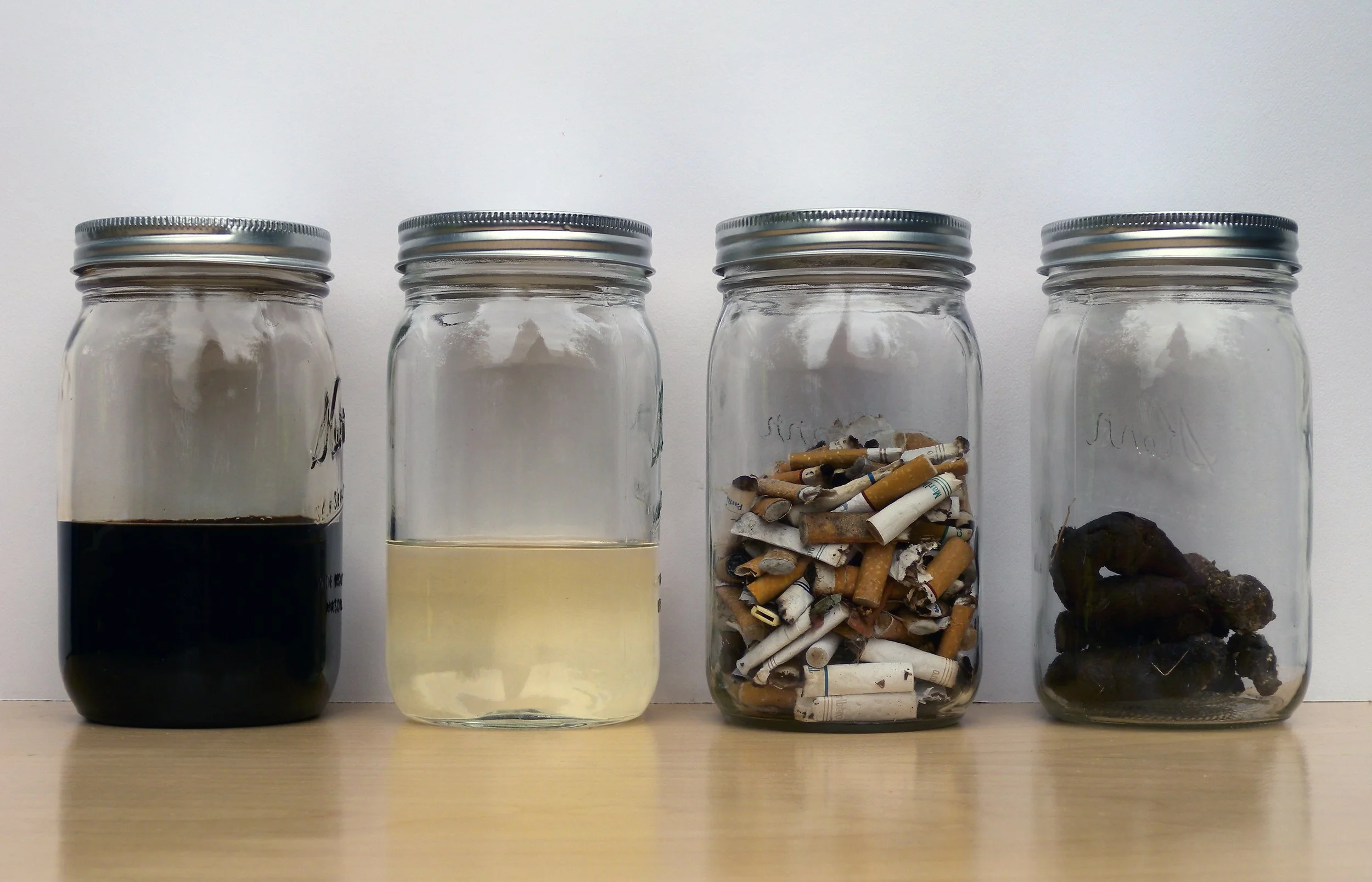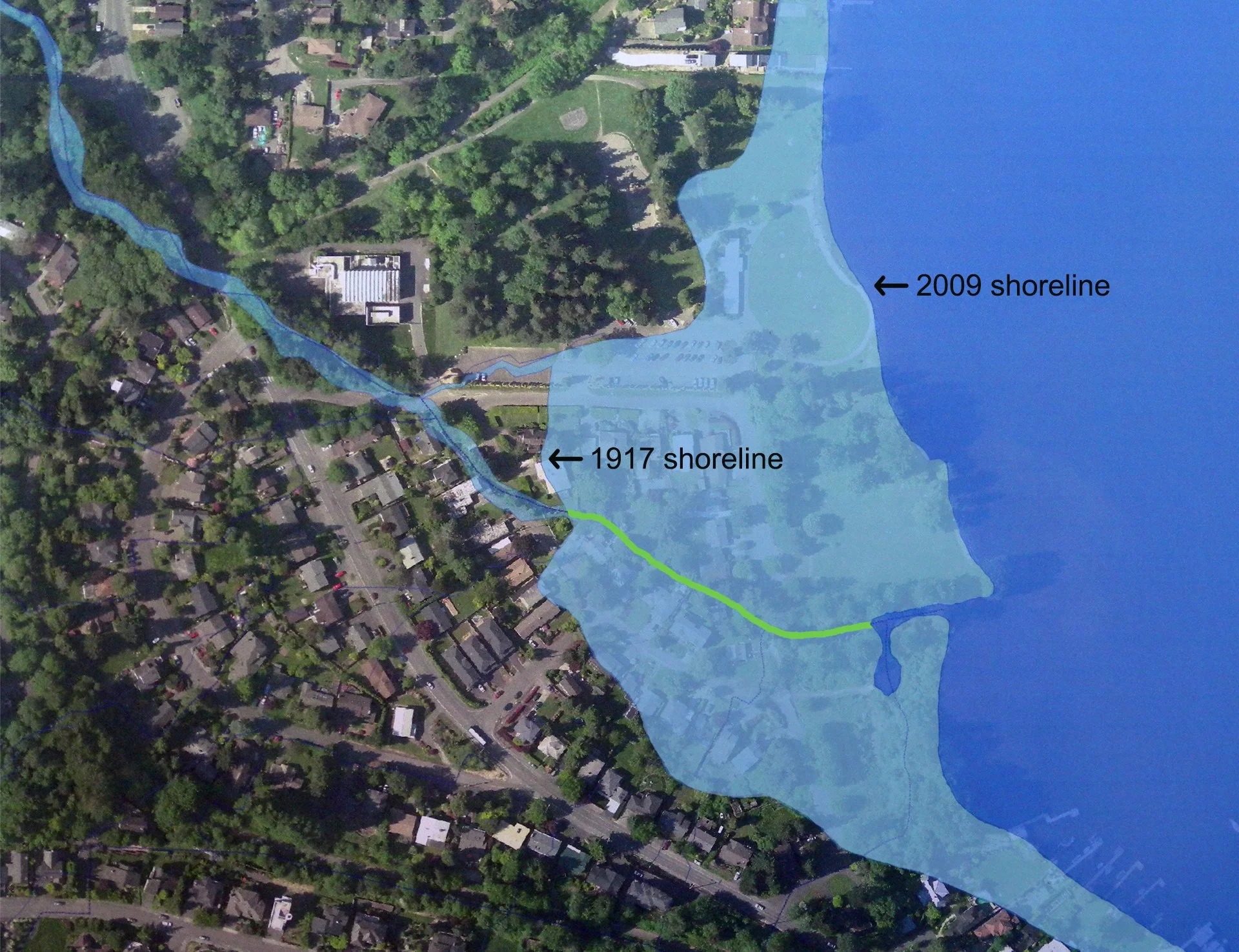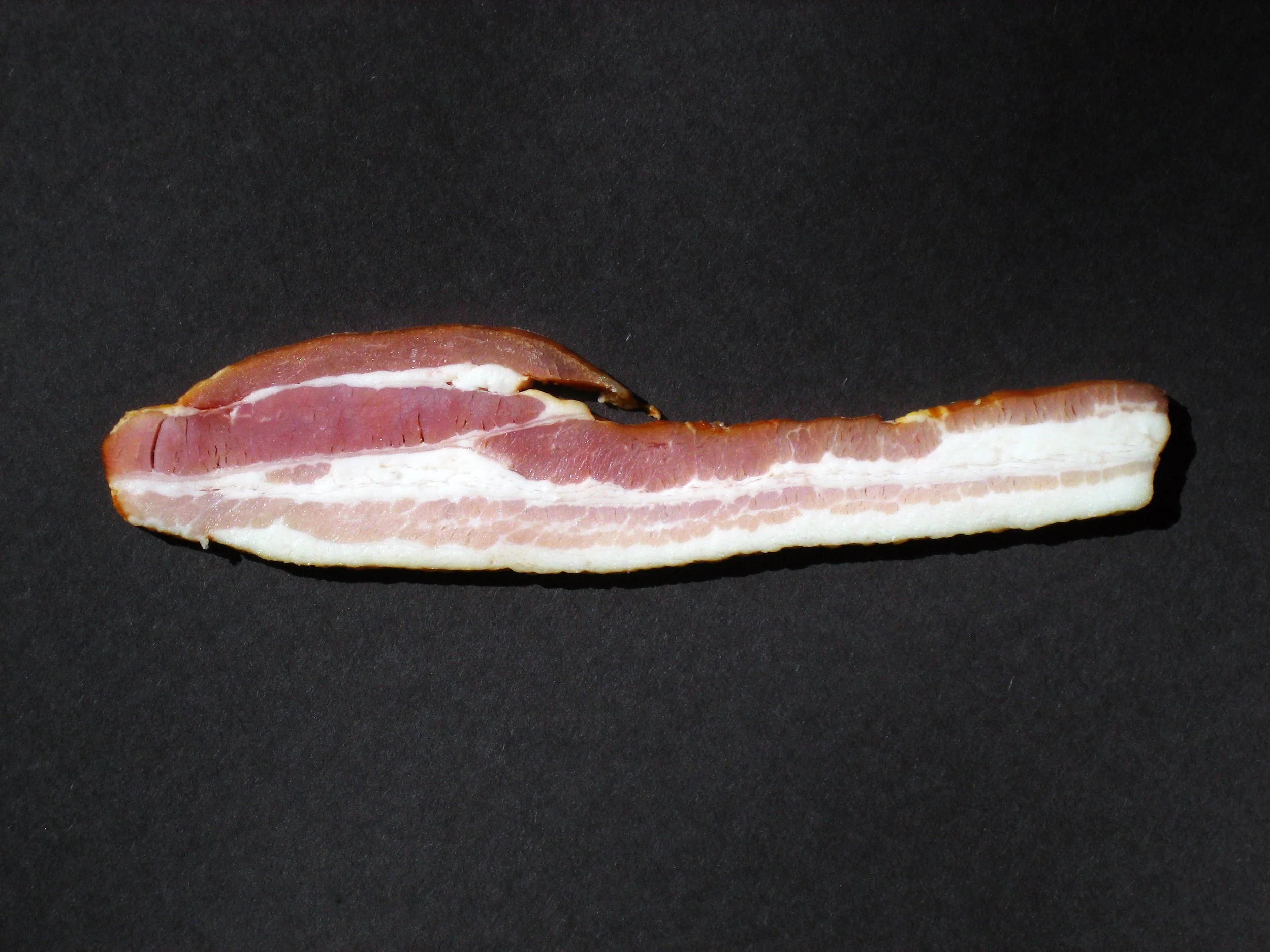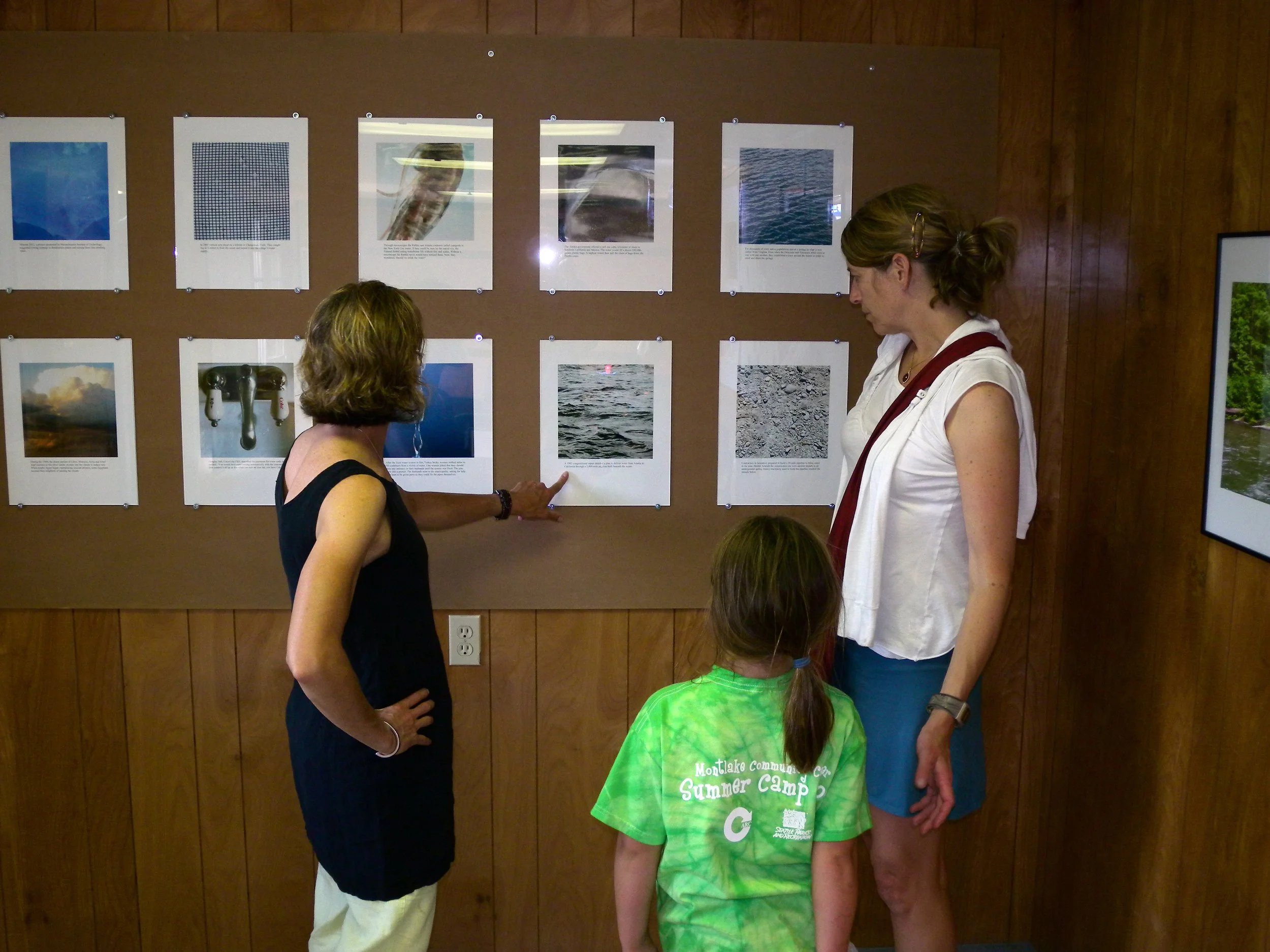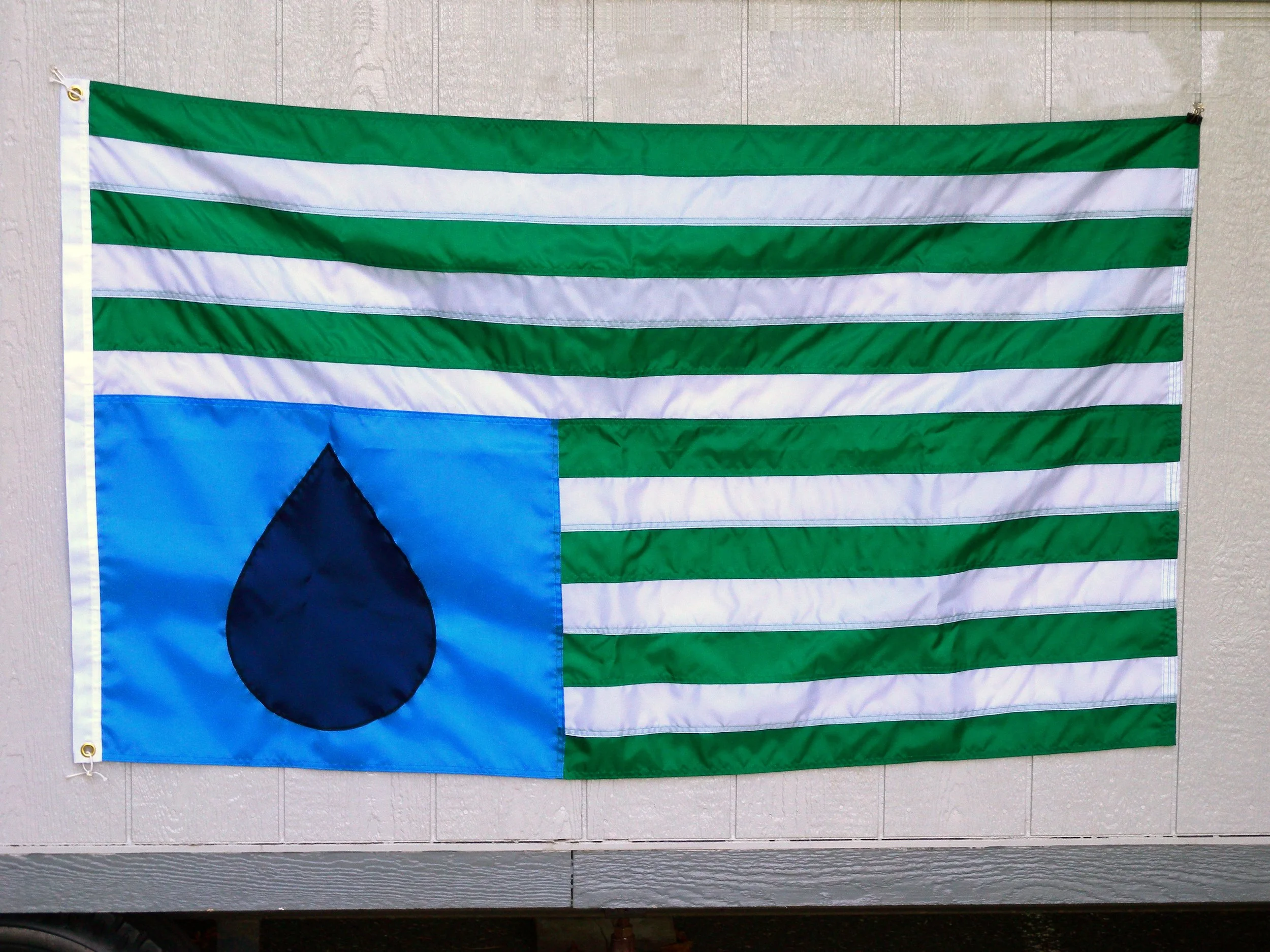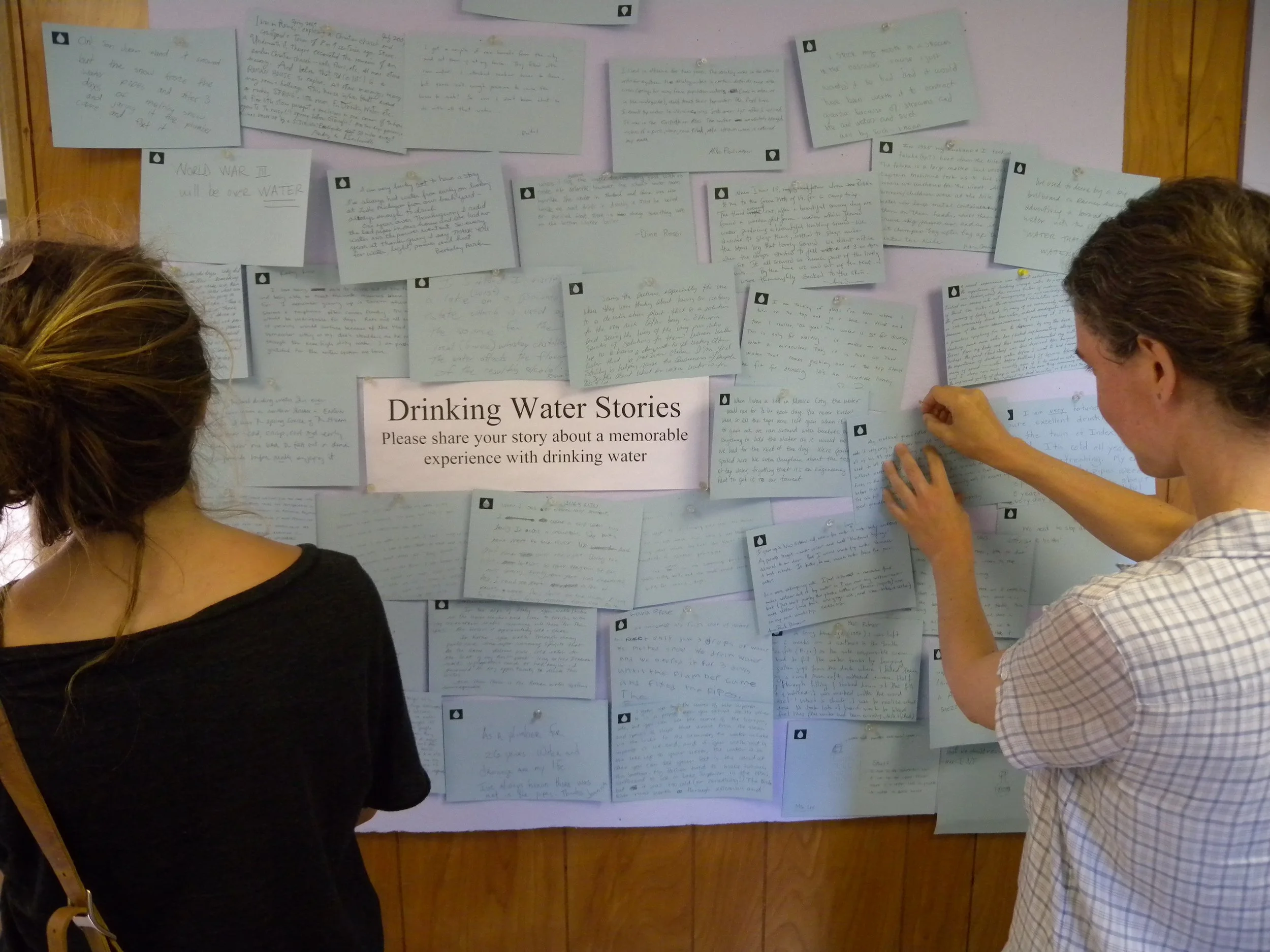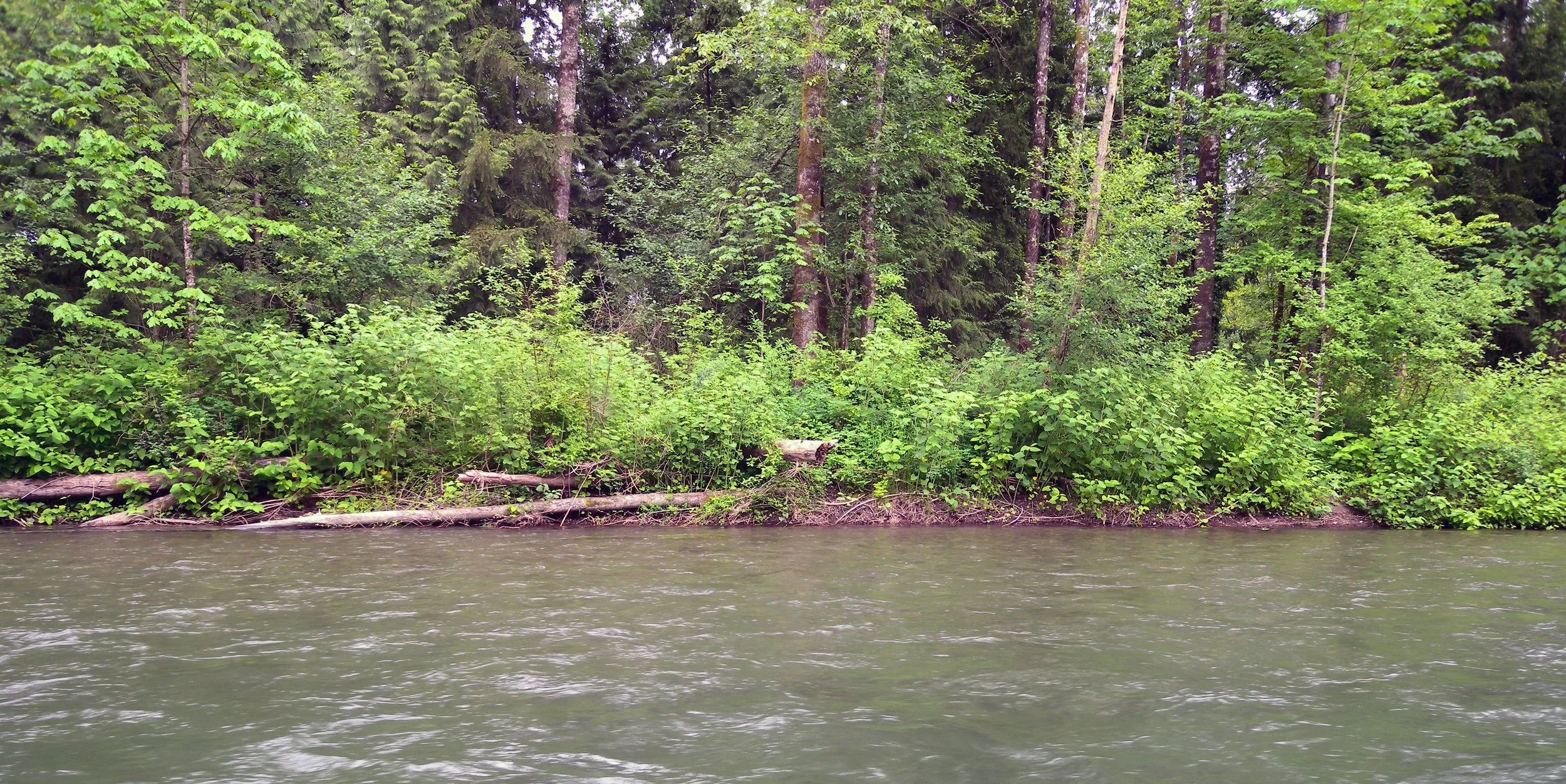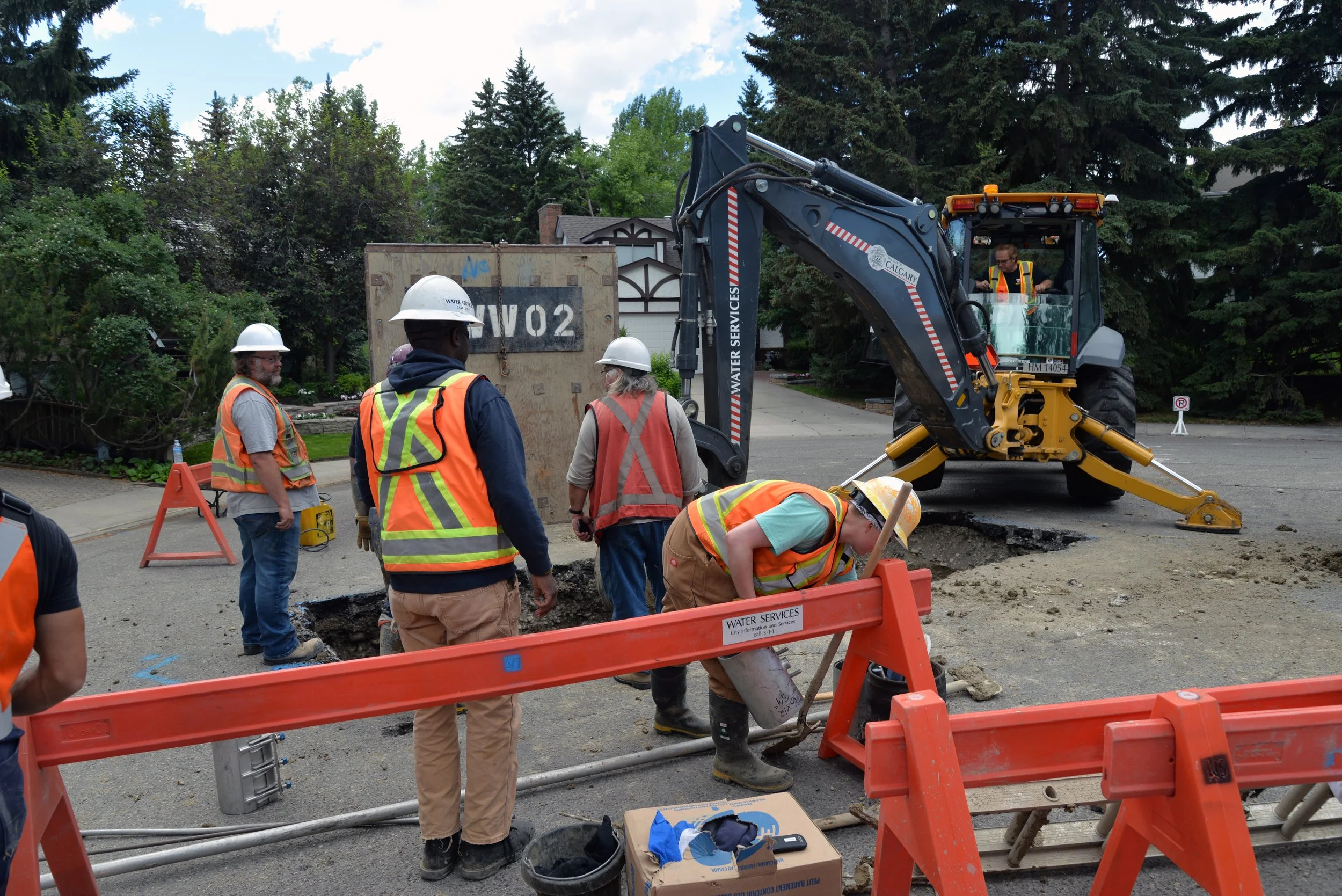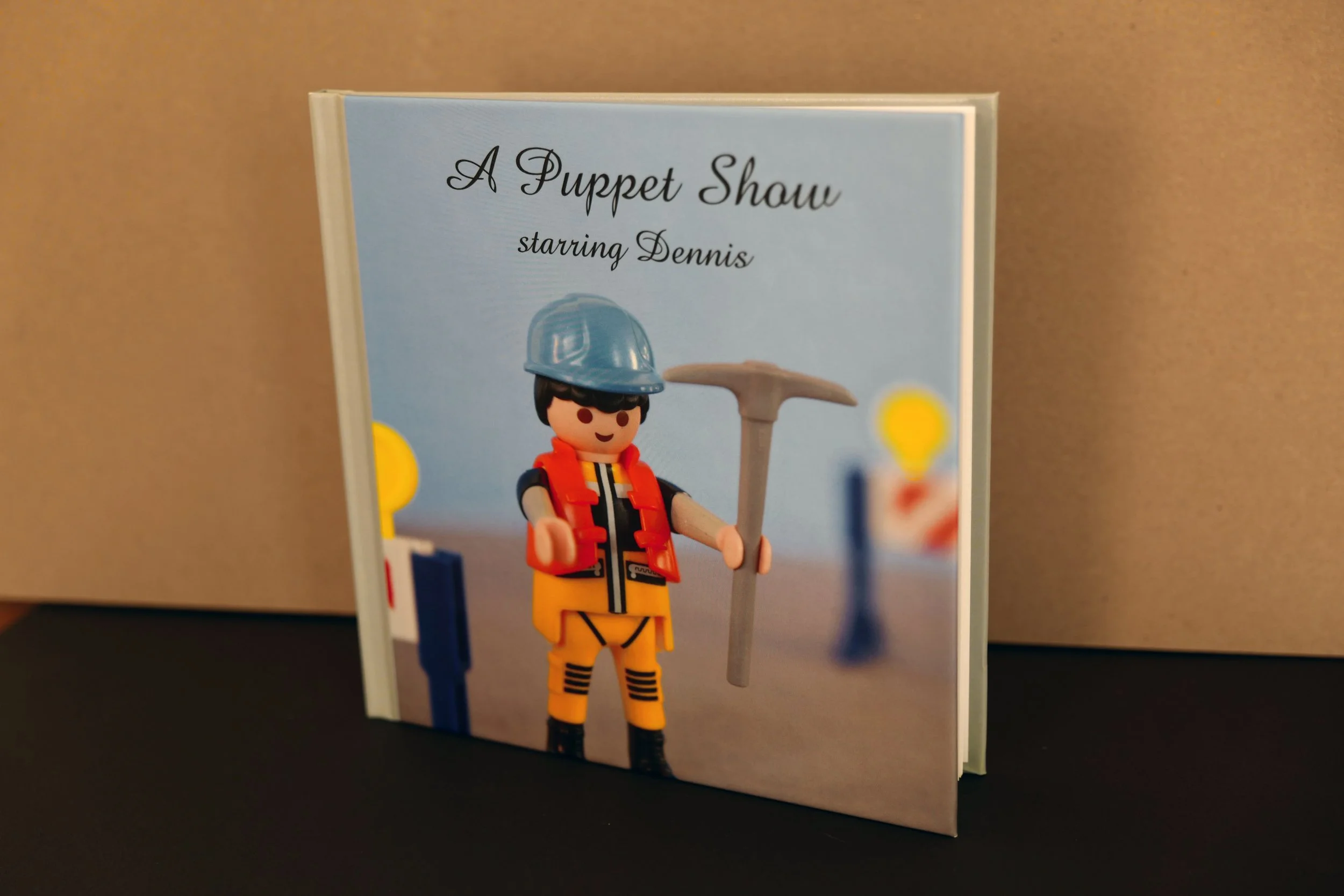Public Art
The Library
Wastewater
Waterlines
Behind the Wheel
Surfing Underground
Stormwater
Wastewater
Flushed into the world of wastewater treatment
Flushed answers the question: After we flush where does it all go? The 50-minute monologue tells the story of Ron, a treatment plant manager, who stays up at night worrying about the creatures that keep the system functioning. Along the way, audiences also meet the sewage swim team.
One morning Dennis noticed lemon rinds flow into the wastewater treatment plant. As the smell of citrus filled the air, he knew two things.
1. This was illegal dumping. It needed to be reported and stopped.
2. He wasn't going to make the call. It smelled too good.
Stormwater
“Stormwater” follows the rivers that flow beneath our feet. It explores Seattle's drainage system and the employees who guide, monitor and maintain stormwater in the city. Meet Ellen, a gutter detective. Learn about John's trips into the bowels of the city and how he manages being surrounded by human waste— “Tell yourself lies: I’m in a candy factory. This is all candy and I’m just shoveling it.”
Ingredients for making fresh stormwater.
Cities train rivers to move in straight lines.
Jonathan learned that, after lowering the water level of Lake Washington in 1917, the city cut a canal (green line) in the exposed land to extend Thornton Creek to the new shoreline.
Today citizens living on the exposed land complain when Thornton Creek overflows and floods their homes. Jonathan has to explain that the creek is not the issue. The problem is: the homes are built in a lake.
Behind the Wheel
Life on the Metro Bus
For “Behind the Wheel: Life on the Metro Bus,” a one-person performance presented on a Metro bus, I interviewed dozens of King County Metro bus driver and explored the social and physical landscape of the bus. When asked about driving a bus, Nate remembered Vietnam. “You put on your flight jacket, grab your weapon and, all of a sudden, your adrenaline is there. It's like this job. Once you sit in that bus seat it's the same. You got 60 to 70 people, you're rolling down the freeway at 50 or 60 miles an hour. Anything can happen and sometimes it does.”
Photo by Kelly O
Performance on King County Metro bus stopped at the Route 47 bus stop by the Lookout bar on Capitol Hill, Seattle.
Drivers refer to the overnight bus as the Roach Coach or The Roach Motel and the passengers are called, Sleepers.
Sleepers ride the longest routes they can find like the 280 that does a loop: Seattle to Bellevue and back. Elmer drove the 280 and said that in the winter he had 20 regular Sleepers. Some of them had been riding that route for 15 years.
“You work inside but you’re outside. You’re always moving but you sit all day.
You deal with hundreds of people but no one knows your name.”–Patricia, bus driver
Enrique realized: On any given day, at any moment, one of his passengers or someone on the street could call into the base and complain about his performance. There were a million people out there trying to fire him. He walked on eggshells.
Behind the Wheel
Life on the Metro Bus
For “Behind the Wheel: Life on the Metro Bus,” a one-person performance presented on a Metro bus, I interviewed dozens of King County Metro bus driver and explored the social and physical landscape of the bus. When asked about driving a bus, Nate remembered Vietnam. “You put on your flight jacket, grab your weapon and, all of a sudden, your adrenaline is there. It's like this job. Once you sit in that bus seat it's the same. You got 60 to 70 people, you're rolling down the freeway at 50 or 60 miles an hour. Anything can happen and sometimes it does.”
Photo by Kelly O
Performance on King County Metro bus stopped at the Route 47 bus stop by the Lookout bar on Capitol Hill, Seattle.
Drivers refer to the overnight bus as the Roach Coach or The Roach Motel and the passengers are called, Sleepers.
Sleepers ride the longest routes they can find like the 280 that does a loop: Seattle to Bellevue and back. Elmer drove the 280 and said that in the winter he had 20 regular Sleepers. Some of them had been riding that route for 15 years.
“You work inside but you’re outside. You’re always moving but you sit all day.
You deal with hundreds of people but no one knows your name.”–Patricia, bus driver
Enrique realized: On any given day, at any moment, one of his passengers or someone on the street could call into the base and complain about his performance. There were a million people out there trying to fire him. He walked on eggshells.
The Library
a Physiological Study
“The Library”explored the inner life of public libraries. At the main branch of the Seattle Public Library, I created a special collection of circulating books including1000 titles that had not left the building in more than ten years. I asked patrons to “check out a book. Open its pages to the fresh air. Allow it
to lie near you as you sleep at night.” In a performance
I described the patron who called in asking for the words to “White Christmas.” The librarian started singing the song into the phone. Another patron, standing near the librarian, joined in on the song. By the time the duet ended, everyone in the building was listening.
The sand trapped within the plastic cover indicates that patrons thought it was reading material appropriate for the beach.
Bookmarks found in books returned to the King County Library system:
piece of grass
feather
phone card
lottery ticket
unused plane ticket
insurance plan
strip of condoms
a leaf
a bag of marijuana
restraining order
seven $100 bills
IRS refund check
Dear John letter
two-inch carpenter's nail
toothpick
a raisin carefully placed at the edge of the page, it's tip sticking out
valid passport
a strip of raw bacon
Waterlines
In Waterlines, a project about municipal drinking water, I surveyed the history of water use and provided a local glimpses into the world of those who work in the trenches of water management and delivery. Story material ranged from Mel who walked most of the major sewer lines in the city (and what he found) to Moya at the Water Quality Lab and the terms she and her colleagues used to described the taste of water at Lake Youngs—“beets,” “hamster cage,” “wet lifejacket.”
Located in an office trailer, the installation displayed stories with a global perspective on drinking-water use while the performance grew out of conversations with Seattle Public Utility staff.
I appreciate why many Americans drink only bottled water.
Tap water has no beginning or end; it's so unruly. Bottled water comes in a clearly defined container.
Tap water is generic; it's just water. Dasani. I'm not sure what it means, but it sounds exotic.
Audience drinking-water stories:
When I was a kid in Mexico City, the water would run for a 1/2 hour each day. You never knew when, so all the taps were left open. When it started to gush out, we ran around with buckets, pans, anything to hold the water as it would be all we had for the rest of the day.
In 1995 my husband and I took a faluka boat down the Nile River. The faluka is a large-masted sail vessel. Our captain Mahmud took us to his village where we anchored for the night. All the women/children were at the Nile gathering water in large metal containers, placing them on their heads. Just then a huge cruise ship passed us, and as it passed, it dumped bag after bag of trash into the Nile.
Originally the word rival meant “those who share a river or stream.”
Surfing Underground
Over a two-year period, I followed construction crews in Calgary as they repaired water and sewer pipes. The resulting performance explored the challenges of working in a hole.
“In my day,” Kim said, “you learned how to read the ditch…You just watch the ditch.” Ron said, “I love what I do and I think that we build and create a lot of art work… and we bury it so people have no idea what is underground.”
Talking about working in a hole, Kelvin said: “You’re always kind of edgy at first. You have to get past that because you have a job to do... Finally, you get relaxed enough so you can look at the situation and, you know what, this is a good ditch I’m comfortable with it. Put the ladder down there.”
Jane said, “This is a man’s world, like a manly man’s world. You gotta wear your big girl pants every day when you’re here.”
“We rib each other all the time. We wait until we feel the sore spot and then we just hit it every single time.”
When construction crews repaired water pipes downtown, apartment building residents threw these objects at the workers.
Dennis introduced me to his crews, joking, “This is Stockley, a storyteller. He’s going to make a puppet show.” This book illustrates one of the stories he told me. A copy of the book now sits on Dennis’s desk and in the Construction Services reception area.



